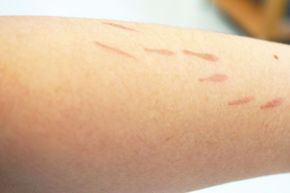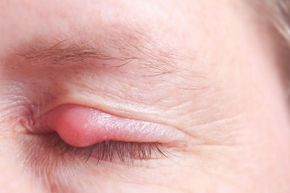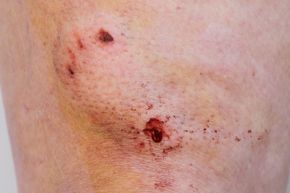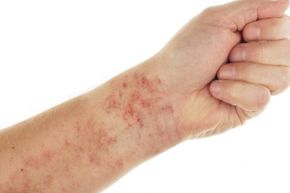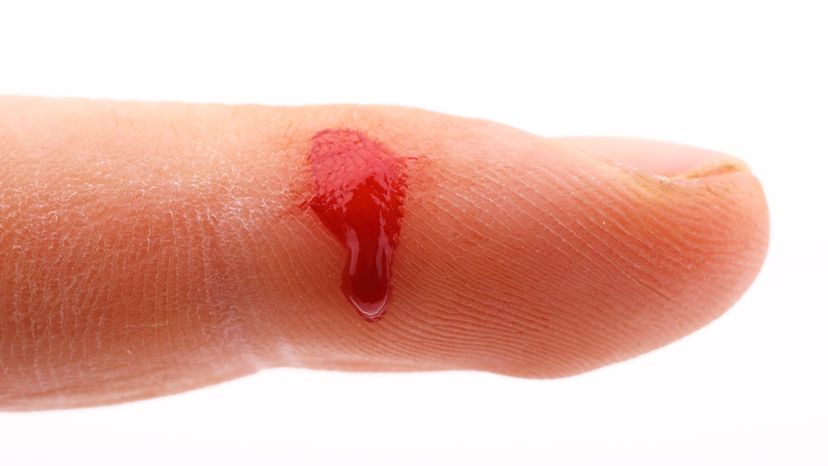
Let's say you decide to visit your local ER because last night you developed a low-grade fever and earache. You drive yourself for care and describe your symptoms to the triage nurse, who then has you take a seat in the waiting area. And while you wait, other patients seem to be jumping ahead of you in the queue. Hey, you've been waiting much longer than the woman complaining of chest pain and dizziness, and you've definitely been here longer than the man who cut off his finger; what's that all about?
Wondering whether an illness or injury is a medical emergency? You just need to know your ABCs. Because the body can't survive without oxygen, any complaints relating to airways, breathing and circulation are potentially life-threatening and considered an emergency. Emergency departments don't prioritize patients based on a first-come, first-served model. Instead, patients are seen based on the severity of injury, so the less sick or wounded you are, the longer your wait will be. You could be waiting for hours, and that wait will be longer on the weekends and some nights.
Advertisement
Many visits to emergency departments could be treated by a general care health professional. And that treatment would cost a lot less, too. On average, a visit to your primary care doctor costs around $150. If that sounds expensive, then you won't want the $1,000 — or greater — bill that follows an average visit to the ER. And whether or not your condition is actually an emergency, if you go to the ER for care, the emergency medical team is obligated to at least give you an exam [source: Blue Ridge Healthcare].
So you've got to ask yourself one question: Is the reason you're considering emergency care a life- or limb-threatening situation, or is it just that it seems more convenient to go to the ER (or to call for an ambulance) than to wait a day or two for your doctor to have an available appointment?

